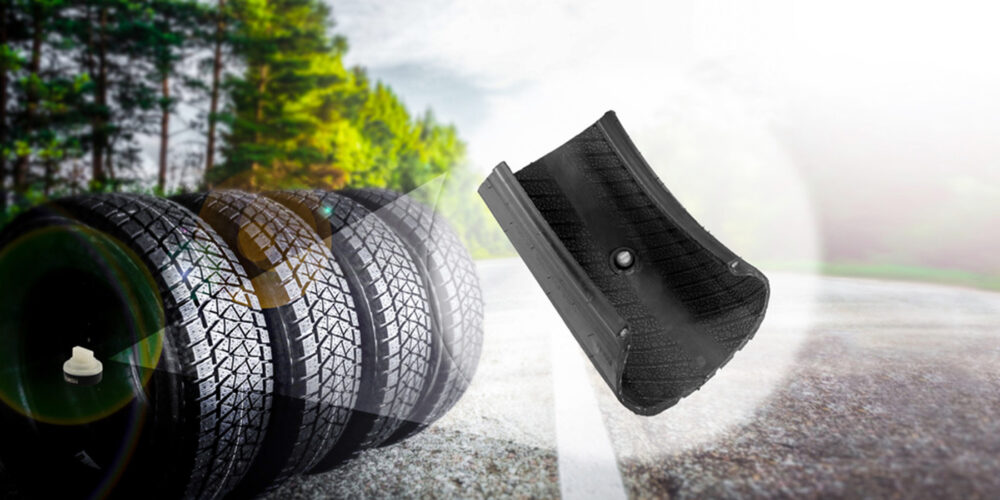Although it might not feel like it, tire pressure monitoring systems (TPMS) have been around for quite a long time. TPMS has actually been in development since the early 1980s, and in 2008, TPMS was mandated to be installed on any vehicle sold in the United States. It might be difficult to believe, but that was 13 years ago. Knowing that the average age of a vehicle on the road today is 12 years old, this would lead us to believe that a vast majority of the cars you see driving on the road have a TPMS installed from the assembly line. Even before the 2008 mandate, there were still many models that came stock with a TPMS or at least offered it as an option.
That being said, there are still a small number of vehicles on the road that do not have TPMS directly installed. The good news is that if a vehicle was not originally equipped with TPMS, the driver has the option to add it by using a retrofit kit. Retrofit kits can be bought online by the driver or shop and installed. The system works much the same way as an installed system would. Four or five sensors are installed, one into each tire, and those sensors send signals to a display unit that will show live information on each tire pressure.
Most retrofit kits are still “do it for me (DIFM),” which offers shops a revenue opportunity. These kits come with valve-mounted sensors (the same type that are installed on most vehicles on the assembly line) and a display unit. The display unit will be dashboard-mounted or some other sort of easy-to-install concept such as plugging it into a cigarette lighter. Ultimately, the driver would need to come to a shop to have this system installed as it requires tire changing equipment to install the sensors into each tire.
Another type of retrofit kit on the market is very much a “do it yourself (DIY)” product. Rather than using a valve-mounted sensor, it uses a valve cap sensor. The sensor is located inside of a valve cap that is simply screwed into place by the driver. Those sensors then speak to a display unit mounted in the cabin of the vehicle. Although these are very easy for the driver to install themselves, they should pay special attention when putting on these valve caps as in some cases, they will press down on the valve to measure the pressure, leaving only the cap itself to hold the air inside the tire.
Regardless of the type of retrofit kit, there is a market for them. The more the driver understands the benefits of a working TPMS, the more these TPMS retrofit kits leave the shelves. It all comes back to educating the driver on their options and how TPMS can benefit them both in the short term (safety, early flat detection, better handling) and in the long-term (money savings, increased tire life, fewer emissions).
Any time a customer comes in for service on a flat tire and they don’t have TPMS installed, consider it an opportunity to educate and then upsell. Being stranded with a flat tire is stressful; TPMS can help with early detection and has the potential to keep them from being stranded next time. That might just be enough for that driver to invest in a TPMS retrofit kit, but it starts with education at the counter.
Jacki Lutz is the Global Head of Communications, Training and E-Commerce for Schrader TPMS Solutions, a global leader in TPMS. She is a TIA ATS instructor and serves on a variety of industry boards.













